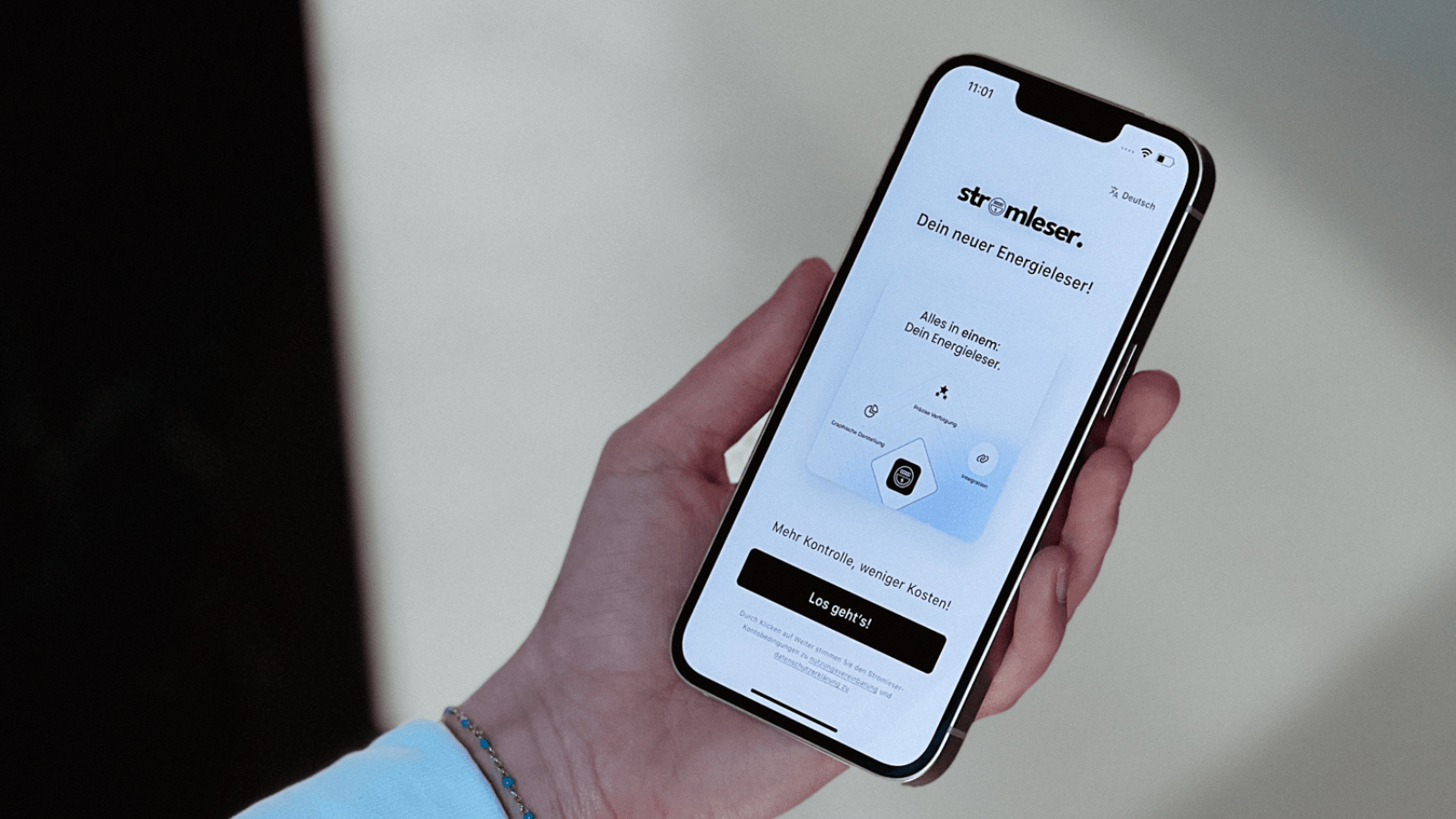A faulty electricity meter can quickly lead to problems – from inexplicably high electricity bills to inaccurate consumption data. But how do you know if a meter is truly defective? Which technical abnormalities should you take seriously? And how does a meter replacement work?
In this blog post, you'll learn how to identify a faulty electricity meter, how to perform initial checks yourself, and what steps you should take in the event of a fault. We'll also introduce you to different meter types—from the classic Ferraris meter to the smart meter—and show you the advantages of modern technology and how you can use it effectively in your home.
How do I recognize a defective electricity meter?
It's not always immediately obvious whether your electricity meter is working correctly. These typical signs may indicate a defect or measurement error:
-
Still display
The meter consistently shows the same value even though electricity is being consumed. This may indicate a faulty meter or a defect in the electronics. -
Unusual counting behavior
A sudden, sharp fluctuation or sudden increase in electricity consumption indicates a faulty meter reading. If the meter continues to run even when the power is off, there is most likely a technical defect. -
Increased electricity bill
If your bill increases even though you are not using any additional devices, a defect in the measuring device may be the cause. -
Technical anomalies
A flickering display, connection problems or remote reading errors indicate a malfunction.
Note: Expired calibration can also affect the accuracy of a meter. Check the calibration date regularly and contact your metering point operator if you are unsure.

Checklist: Check your electricity meter yourself
With this simple step-by-step guide, you can check for initial signs of a defect yourself:
-
Compare electricity consumption – with previous bills and seasonal fluctuations.
-
Document the current meter reading – daily, at the same time (e.g. at night).
-
Turn off the main fuse – if the meter continues to move, there is an error.
-
Unplug all devices – including lighting, household appliances and chargers.
-
Check calibration – Electronic meters are usually valid for 8 years, Ferraris meters for up to 16 years.
-
Inform the meter operator if the suspicion of a defect persists.

Installation & meter cabinet – what you need to know
A new electricity meter is installed directly in the meter cabinet. This cabinet must comply with current standards and provide sufficient space for modern meters.
For households with high connected loads—for example, those using a 32A CEE socket, heat pump, or PV system—an additional external power converter may be required. The grid operator will assess the local conditions and decide which system is appropriate for your household.

Technical background: How electricity meters work
An electricity meter measures the current flow in your power lines and calculates the effective power, usually in kilowatt hours (kWh). The underlying principle depends on the device type:
-
Ferraris counter: mechanical, with rotating turntable
-
Digital meters: electronic, with digital counter and display
-
Smart Meter: digital meters with automatic remote reading and data transmission
Digital electricity meters and smart meters in comparison
A digital electricity meter replaces the old Ferraris meter. It precisely measures the electricity consumed and displays the total consumption on a screen. Depending on the model, it can also display power values, consumption history, or the amount fed into the grid—particularly useful for balcony power plants.
Smart meters go one step further: They have an integrated communication unit that automatically transmits data to the grid operator. This not only enables automatic billing but also helps detect irregularities more quickly.
For a detailed comparison, check out our blog article on the different meter types .

Transparency & real-time monitoring with stromleser
If you want not only a functioning meter but also maximum transparency in the use of your energy data, the stromleser offers you a practical solution – especially if you want to closely monitor your electricity consumption or check for anomalies yourself.
With the stromleser app, you can quickly see whether your consumption data is plausible – for example, in the case of error messages, peak loads, or inconsistent feed-in.
You can find more information about installation, use and areas of application at stromleser .

FAQ – Frequently asked questions about defective electricity meters
How much does it cost to replace a defective electricity meter?
Usually free of charge if a technical defect is proven.
Can I replace the electricity meter myself?
No – the exchange may only be carried out by the primary responsible metering point operator .
How long is an electricity meter calibrated?
Digital meters: approx. 8 years
Ferraris counter: up to 16 years
What happens if the calibration expires?
A meter without valid calibration may no longer be used for billing . Replacement is usually done automatically.
How often do defects occur?
Relatively rare—especially with new digital meters. Older devices are more prone to failure.
Conclusion: Identify errors – replace meters – optimize consumption
A faulty electricity meter isn't a reason to panic, but it's a clear case for structured action. Compare your readings, check the calibration, monitor metering behavior, and contact your grid operator if you notice any abnormalities.
Modern digital meters, smart meters and intelligent measuring systems offer you more security, control and energy efficiency in the long term – simply, transparently and controllable via app.





Leave a comment
This site is protected by hCaptcha and the hCaptcha Privacy Policy and Terms of Service apply.